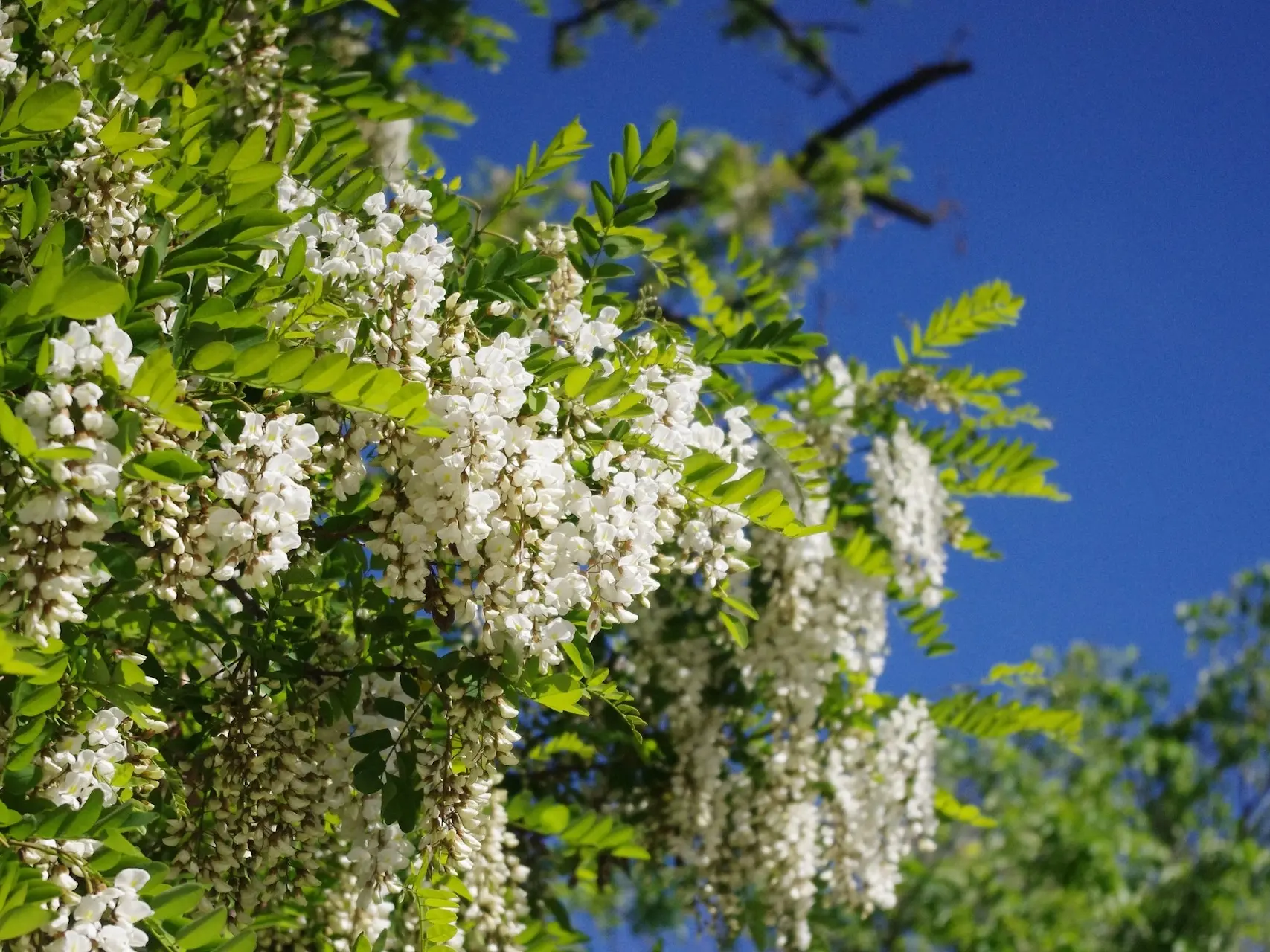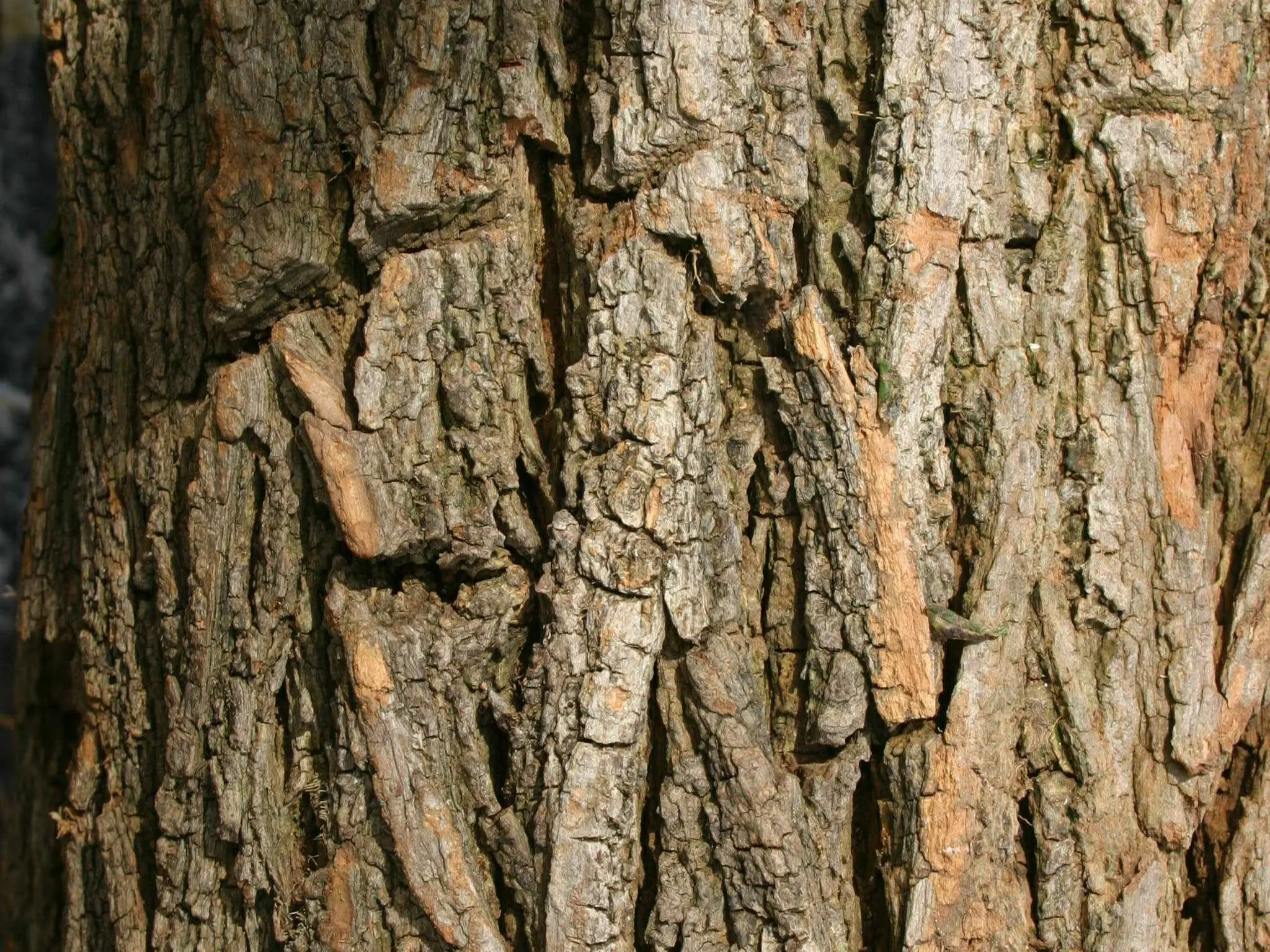
Welcome to toxic plant Monday where once a week we learn about yet another member of the plant world that has it in for horses. Today we are going to look at a really gorgeous tree – the snowy blooms of the Black Locust Tree.
A Little About Black Locust Trees
Robinia pseudoacacia is the Black Locust also called False acacia and Locust Tree which grows as both a tree or a shrub. This tree has alternate leaflets with two spines at the base of each leaf, white/cream & fragrant flowers droop in clusters and seed pods are long, flat & brown.
How Dangerous Is It?
Generally horses will find Black Locust unpalatable so it is a larger concern during drought conditions when there is little available forage. Animals should be kept from grazing around these trees if possible.
All parts of the Black Locust are toxic except for the flowers.

What To Look For
You know your animal the best, so you should know when something is amiss. Black Locust toxicity symptoms can include diarrhea, staggering and/or loss of coordination, colic, loss of appetite, weak pulse and paralysis. Luckily deaths from ingesting this plant are rare, however recovery time from it’s effects is slow.
Learn More
Be sure to check out the Black Locust Tree page to learn more about the plant and while you are at it why not check out more toxic plants?
*It should be noted that I’m not a veterinarian. This information is written specifically for horses and should be used for reference purposes only. If you think your horse has eaten something toxic call your vet right away.
someone told me to test if toxic, take a leaf and add it to water you will see the water turn black. if you know about this test, could you e-mail me more spacifices? thank you, barb clark